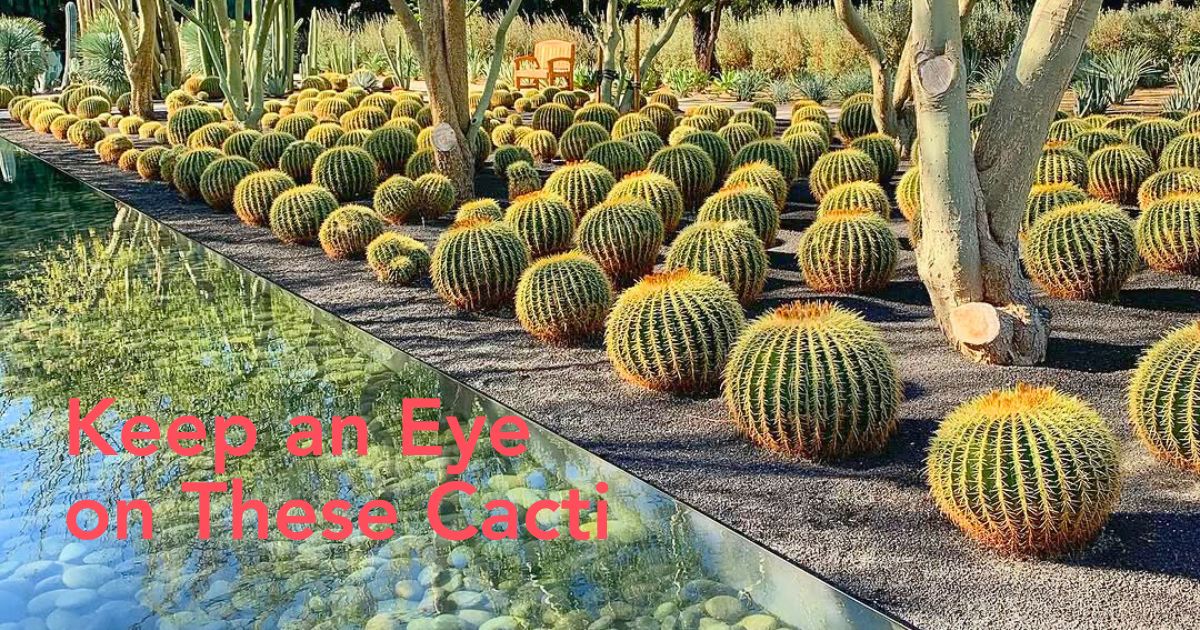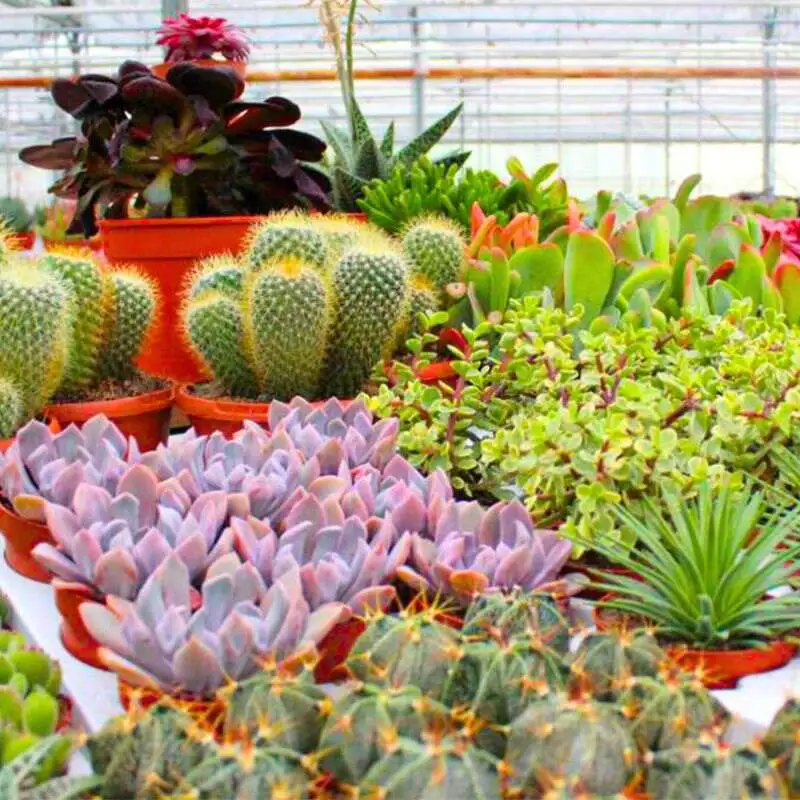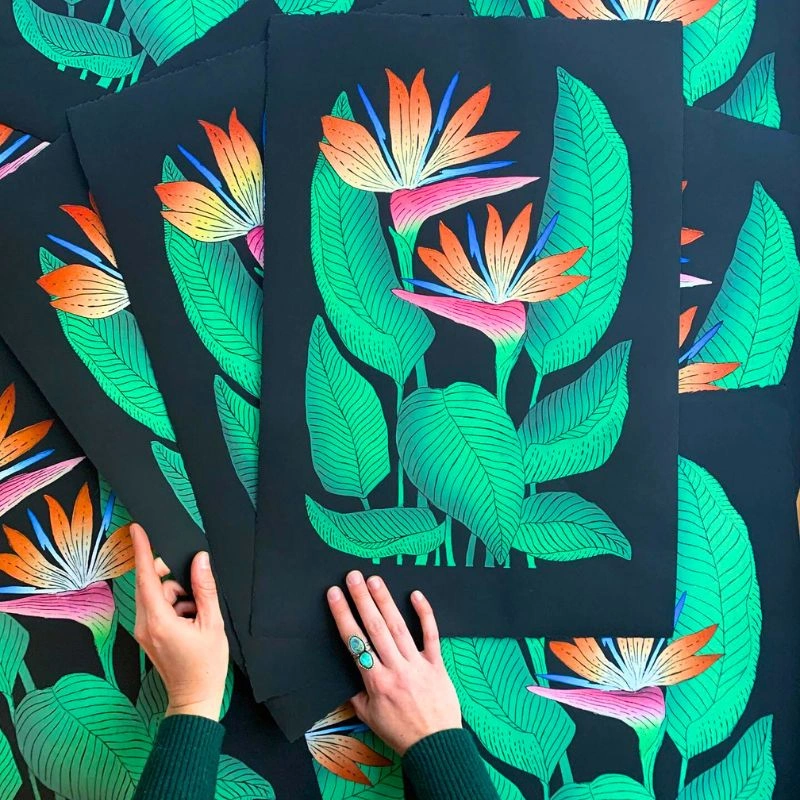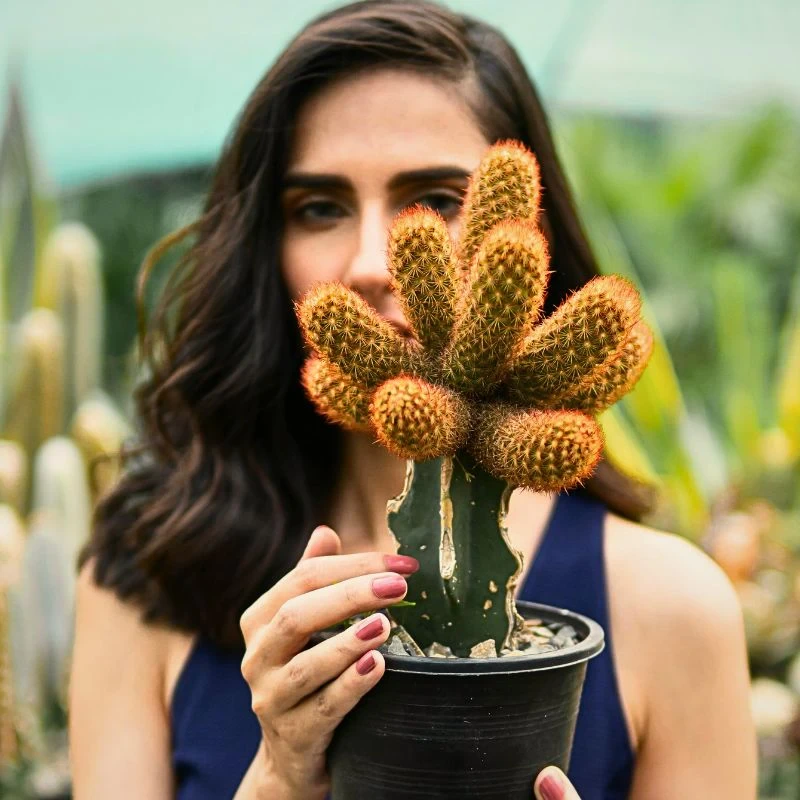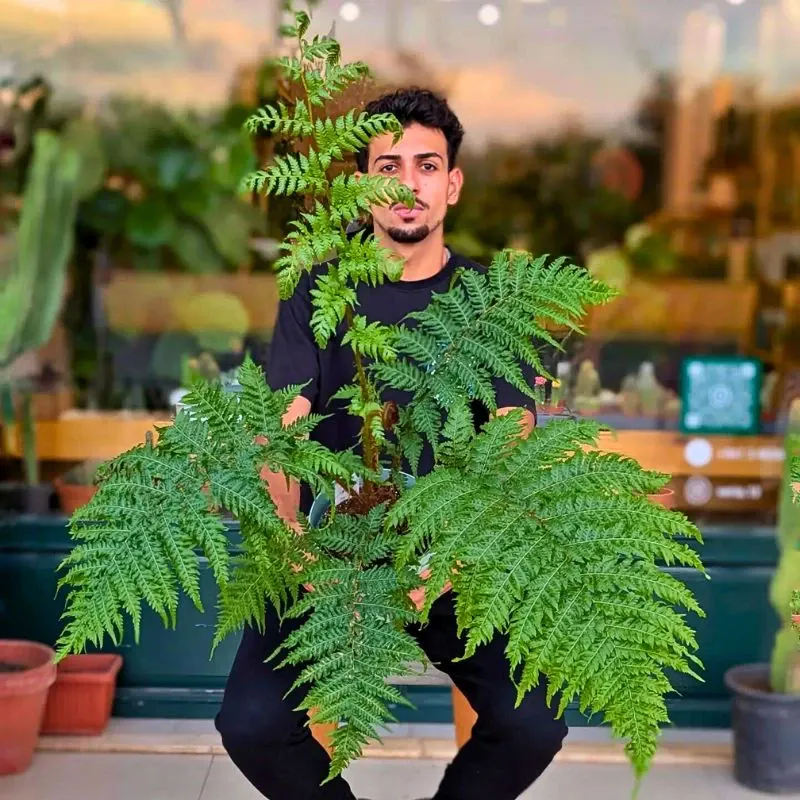Cacti can be great friends to humans, or the complete opposite as well. It all depends on the type of cactus you own. It's essential to know the different types of cacti that are harmless to your environment (including pets) and the ones to stay away from. This is a compilation of five poisonous cacti to hurriedly keep away from children and pets.
5 Poisonous Cacti to Keep Out of Children and Pet Reach
Cacti have several poisonous species, and you'll want to avoid them at all costs because they can endanger your children's and pets' lives. It's always better to be safe than sorry. These are the five poisonous cacti to keep away from your loved ones:
- Peyote cactus (Lophophora williamsii)
- Fishhook barrel cactus (Ferocactus wislizenii)
- San Pedro cactus (Echinopsis pachanoi)
- Cholla cactus (Cylindropuntia)
- Barrel cactus (Echinocactus grusonii)
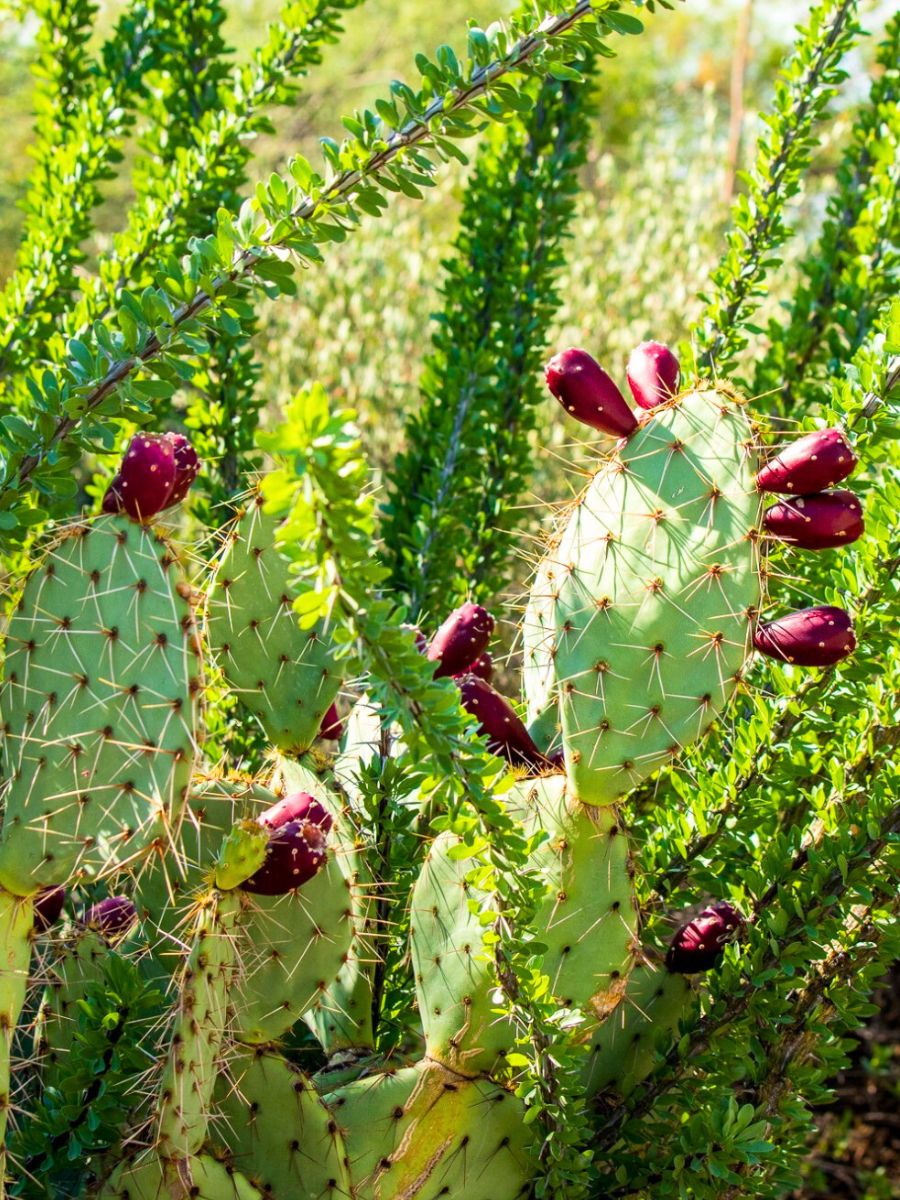
Photo: @desertmuseum
1. Beware of the Peyote Cactus
First on the list is the popular peyote cactus (Lophophora williamsii), which is considered a succulent that grows slowly and lacks spines that don't seem to make it dangerous. The little peyote cactus is famed for its spiritual and medicinal use among indigenous tribes in North America. Its psychedelic substance mescaline makes it both revered and controversial. While technically not 'poisonous' in the traditional sense, consuming this plant can result in severe psychological effects. These effects from this plant start to appear two hours after intake.
Make sure to appreciate its beauty from a distance, admiring the pink flowers it produces. And remember, this plant is protected due to its endangered status in many regions. So, admire it, but don't touch or disturb it!
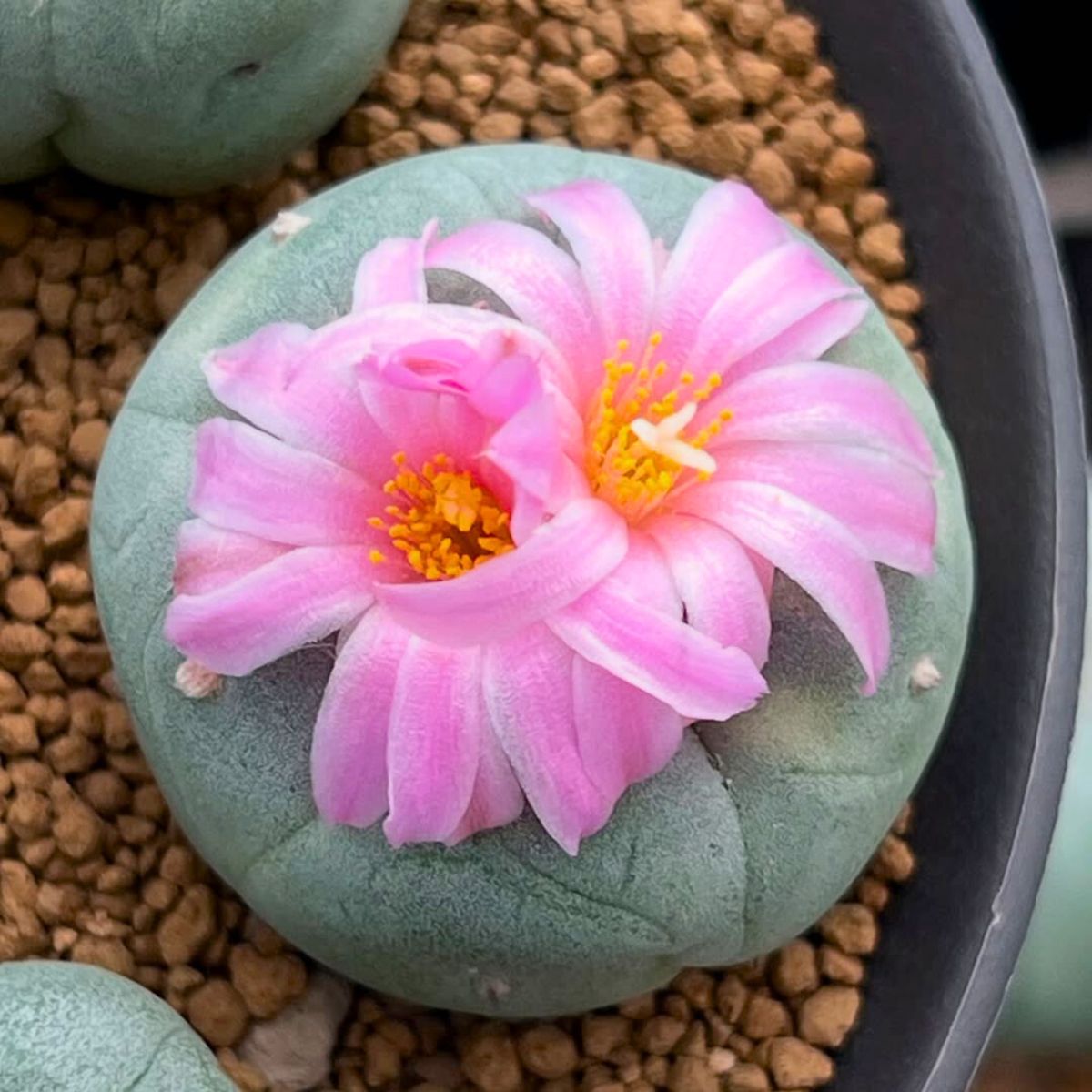
Photo: @lopho_collector
2. The Fishhook Barrel Cactus Is a Thorny Surprise
Next on this thrilling tour— meet the fishhook barrel cactus (Ferocactus wislizenii). This sturdy plant stands out with its barrel shape, thick ribs, and distinctive curved spines resembling fishhooks, hence the name.
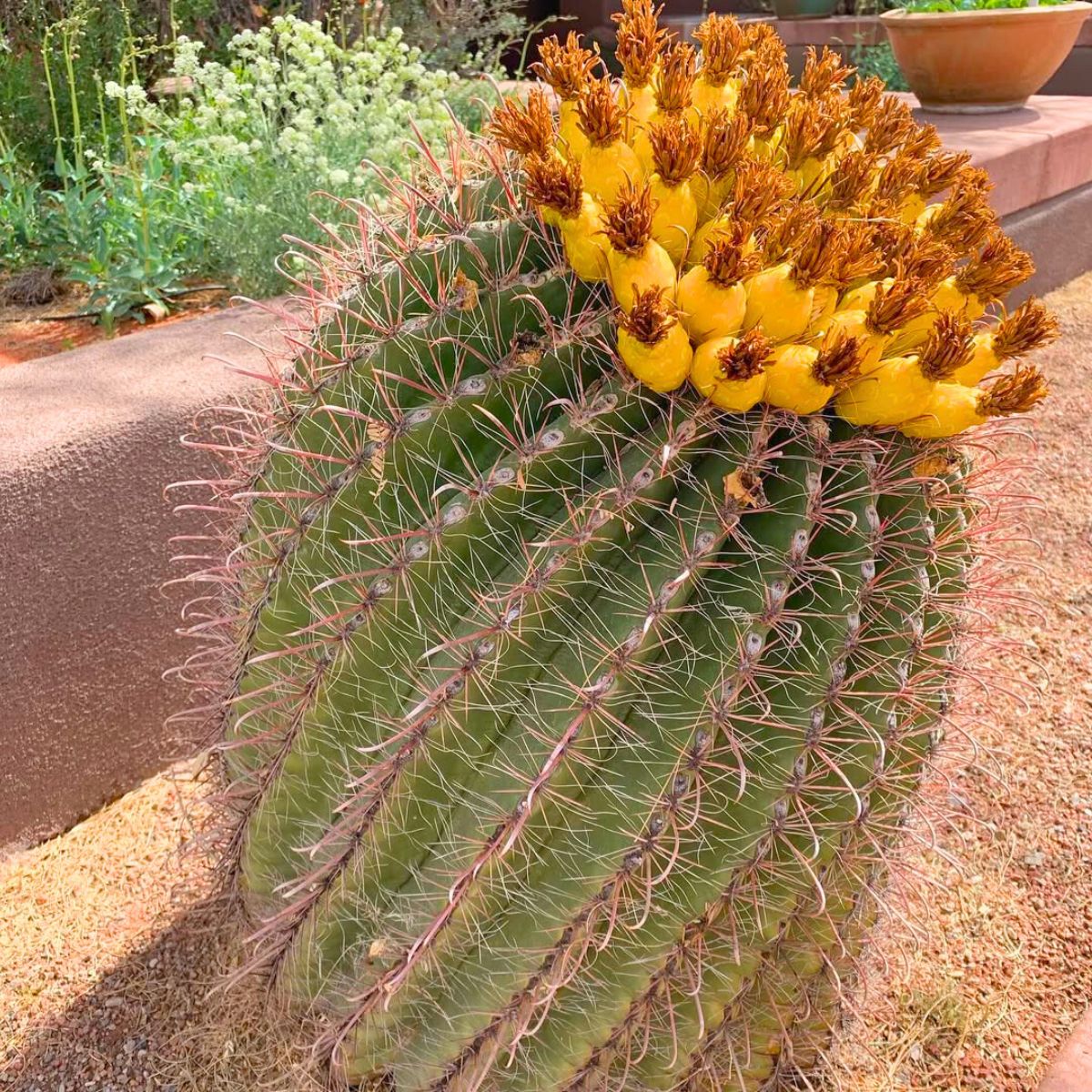
Photo: @beutahful.adventures
But here's the catch - it carries a toxic secret in its flesh, which, if consumed, can cause temporary paralysis. Its fruit, however, is edible and quite a favorite among local wildlife. This is a perfect example of the many faces nature can have.
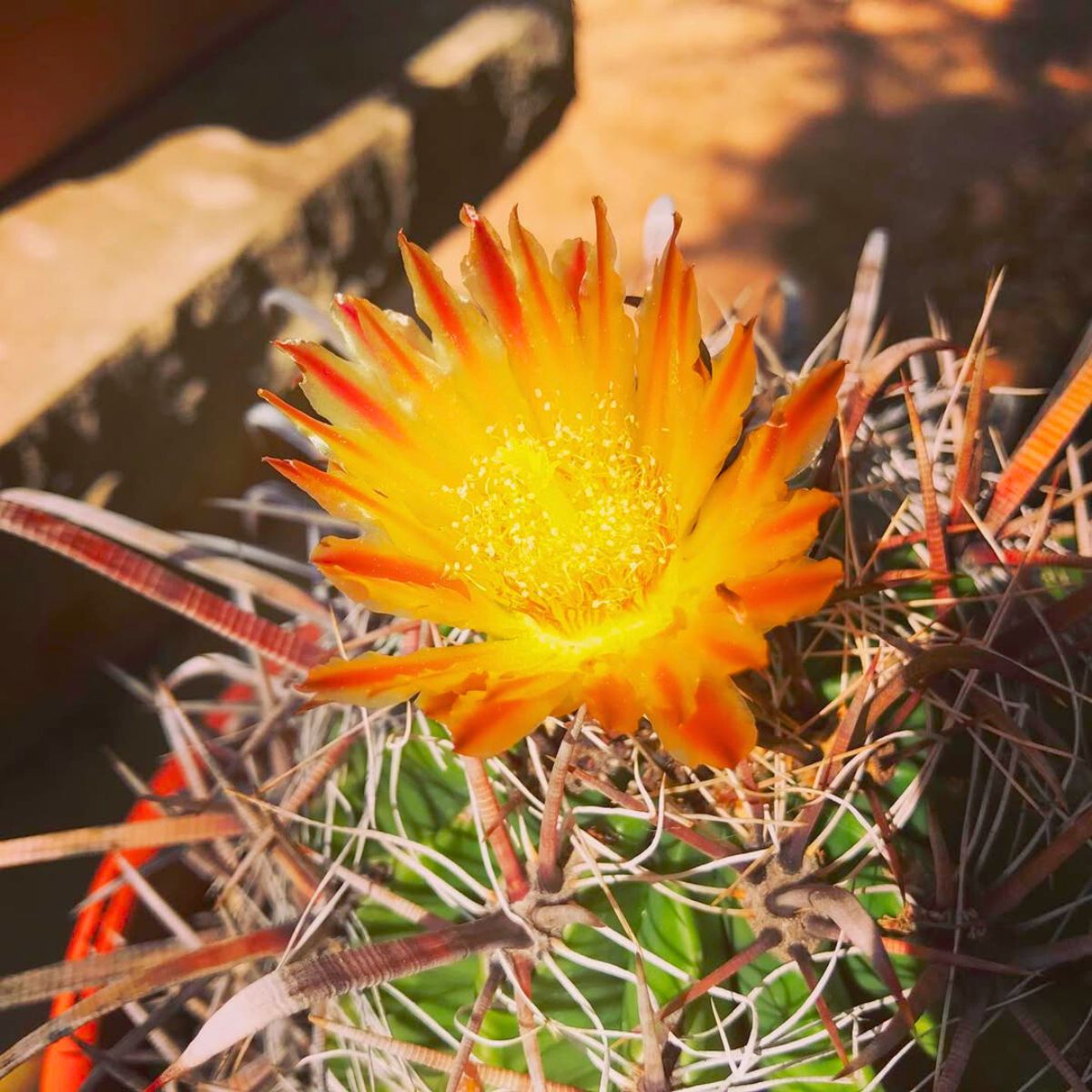
Photo: @heatherksgarden
3. Why the San Pedro Cactus Screams Danger
Echinopsis pachanoi screams danger from where you see it, and you're about to know why. The San Pedro cactus is considered one of the five most poisonous cacti for children and pets because it is a very strong hallucinogen. Like the Peyote cactus, it contains mescaline (which is also a forbidden substance in many nations), a psychedelic hallucinogen, which is dangerously high in this cactus, it is a recognized toxic plant.
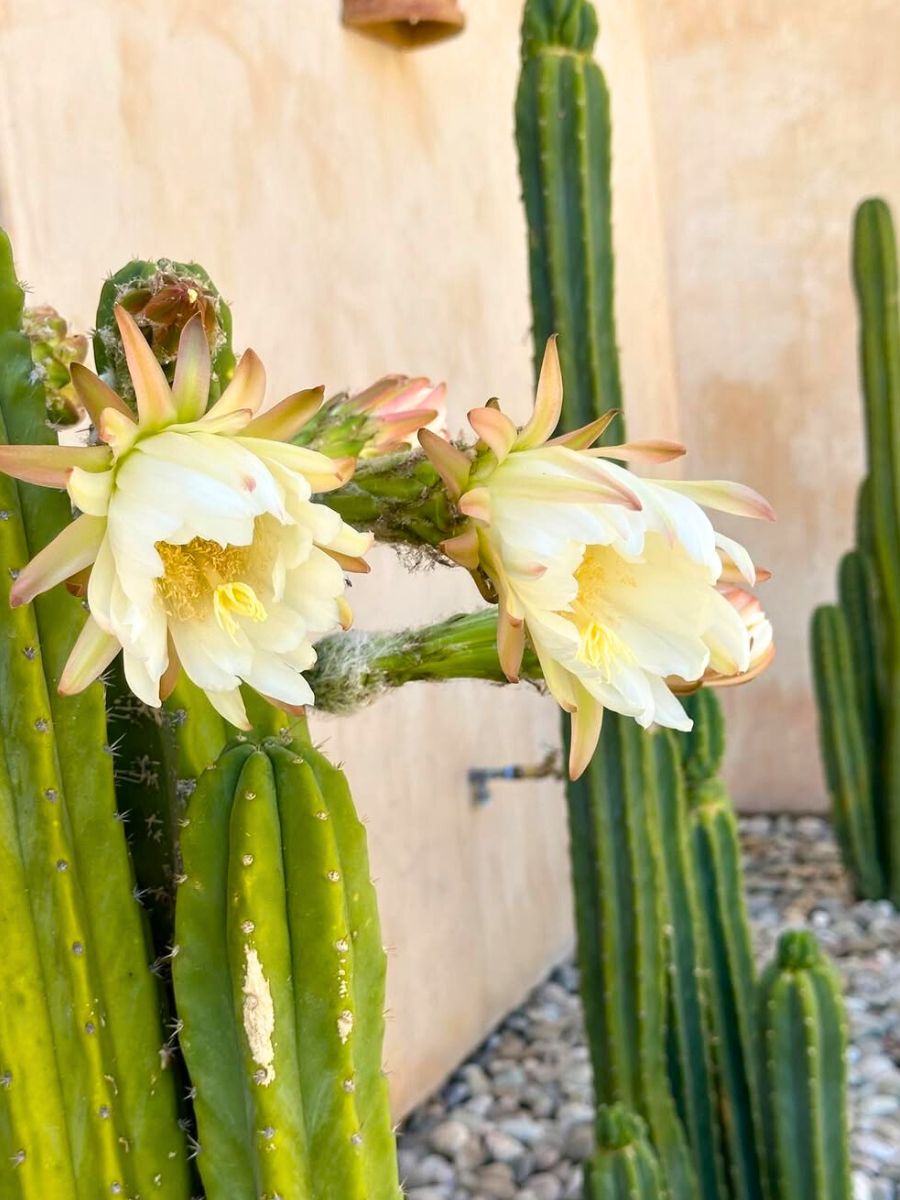
Photo: @campionwalker
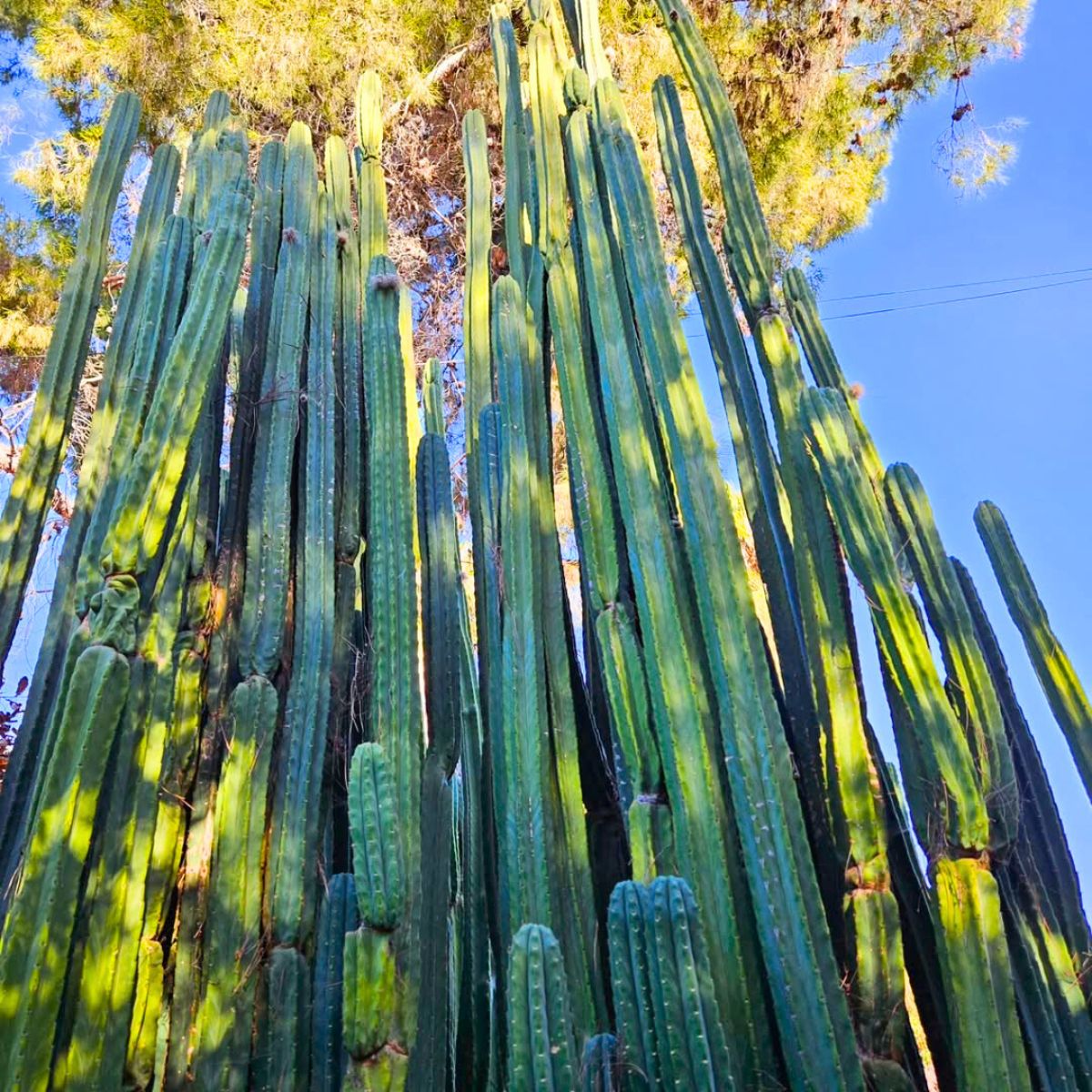
4. A Cholla Cactus Shoots Needles
The cactus species Cylindropuntia, also referred to as the Cholla cactus, joins the list of five poisonous cacti to keep away from the reach of children and pets. Depending on the soil's characteristics, this cactus can reach a variety of different heights.
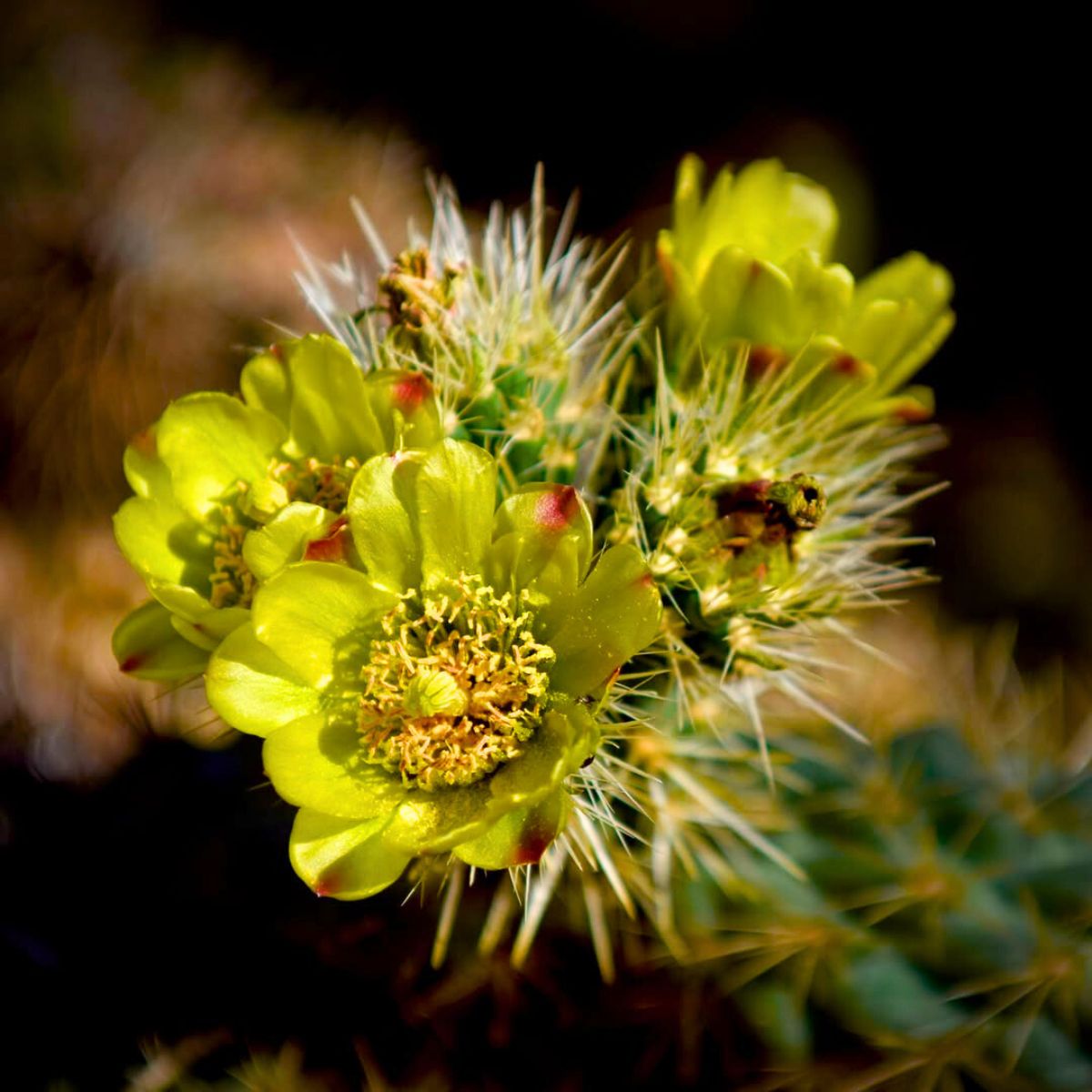
Because it shoots needles, this cactus should be completely avoided. If spiked with one of their needles, both humans and animals may experience abdominal issues due to the spines' toxic nature, which contains poison.
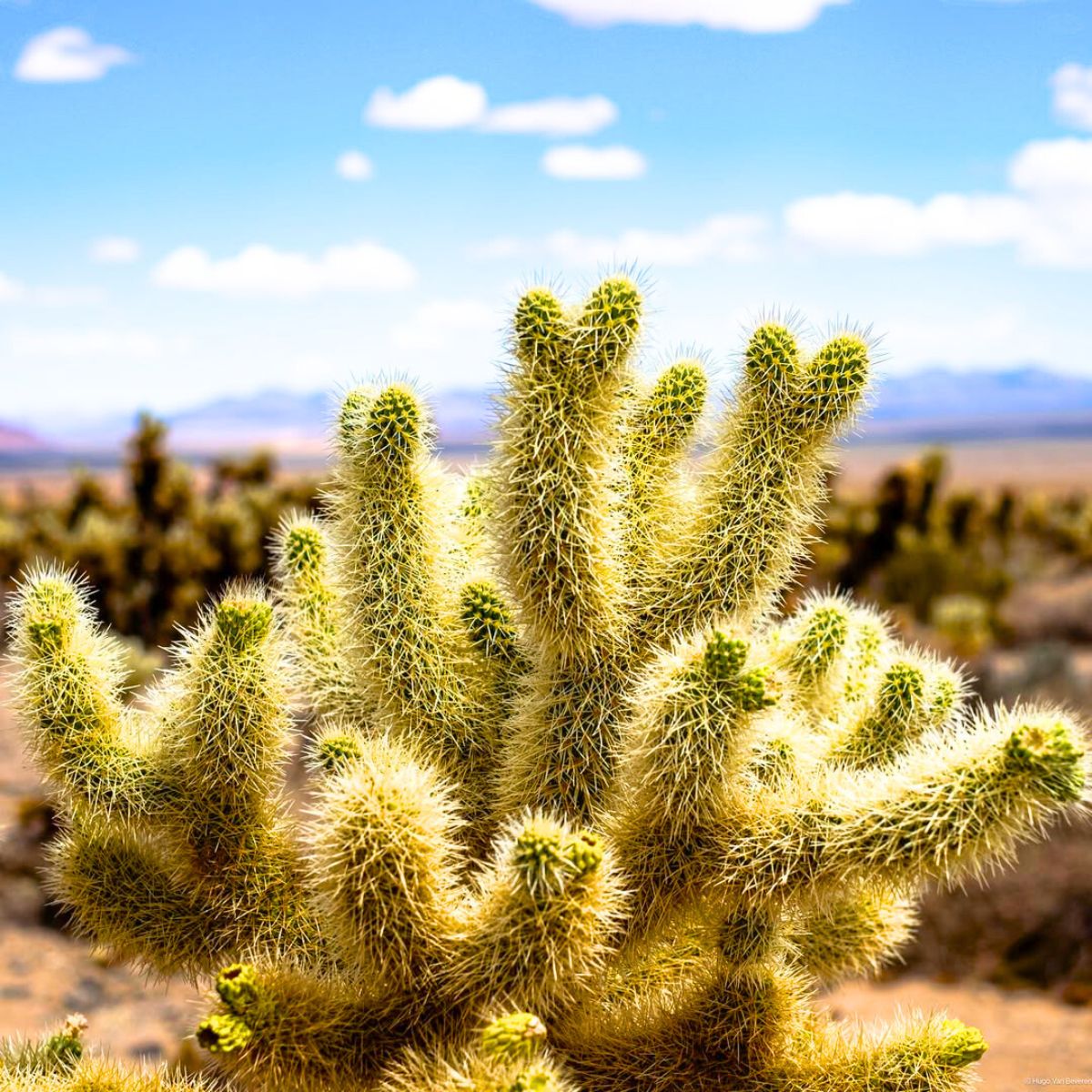
5. The Barrel Cactus Has Toxic Sap
To end the selection of poisonous cacti for children and pets, meet the barrel cactus. Echinocactus grusonii, also called the barrel cactus, has a distinctive barrel shape and long spines that characterize its appearance. Although the barrel cactus brings out its red blooms in the warmer months, don't let it fool you with its beauty.
A barrel cactus has toxic sap, meaning it has a high potential of irritating the skin. Children and animals may also be harmed by the plant's spines.
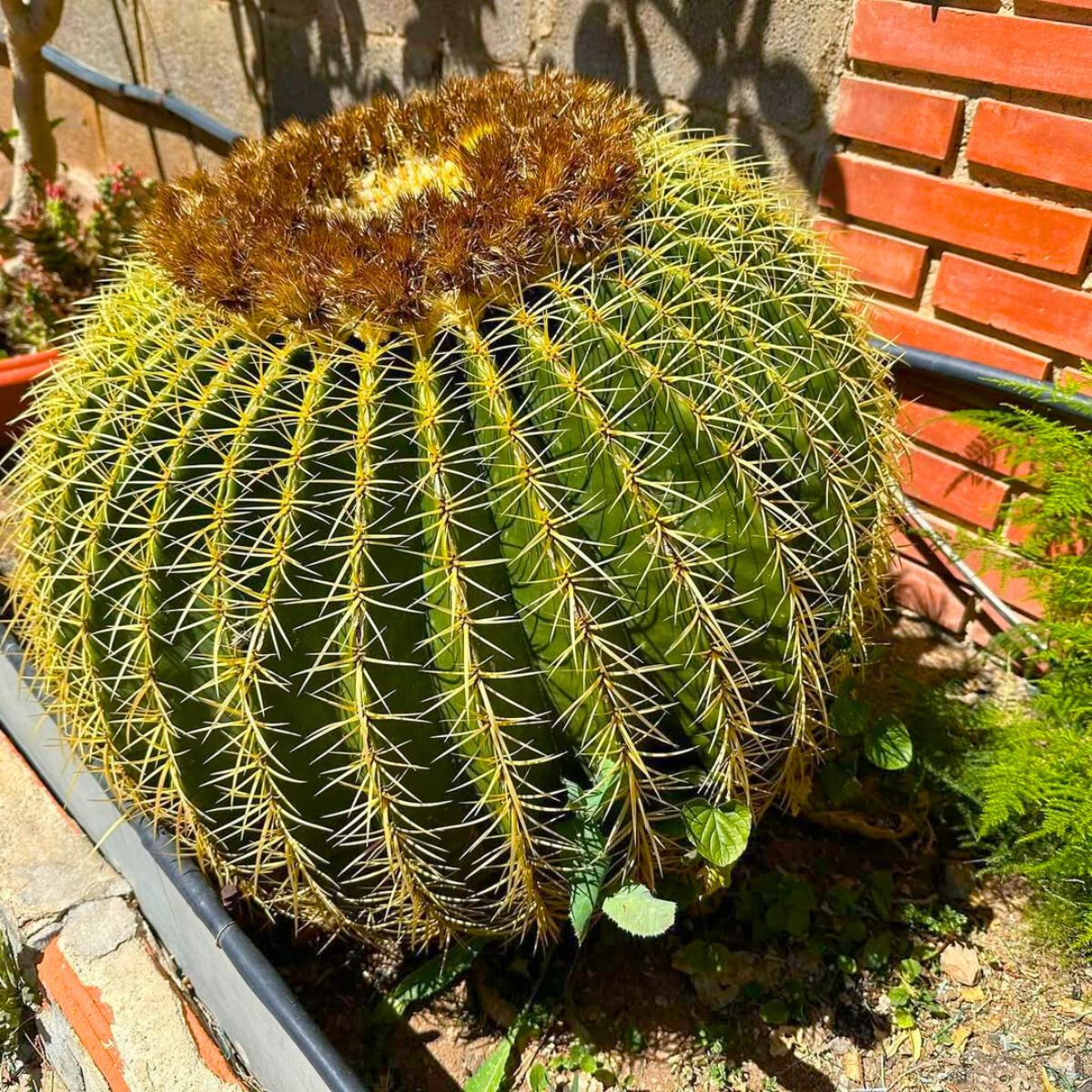
Many cacti lovers may be unaware of several poisonous factors, which is why it's important to keep this list in mind.
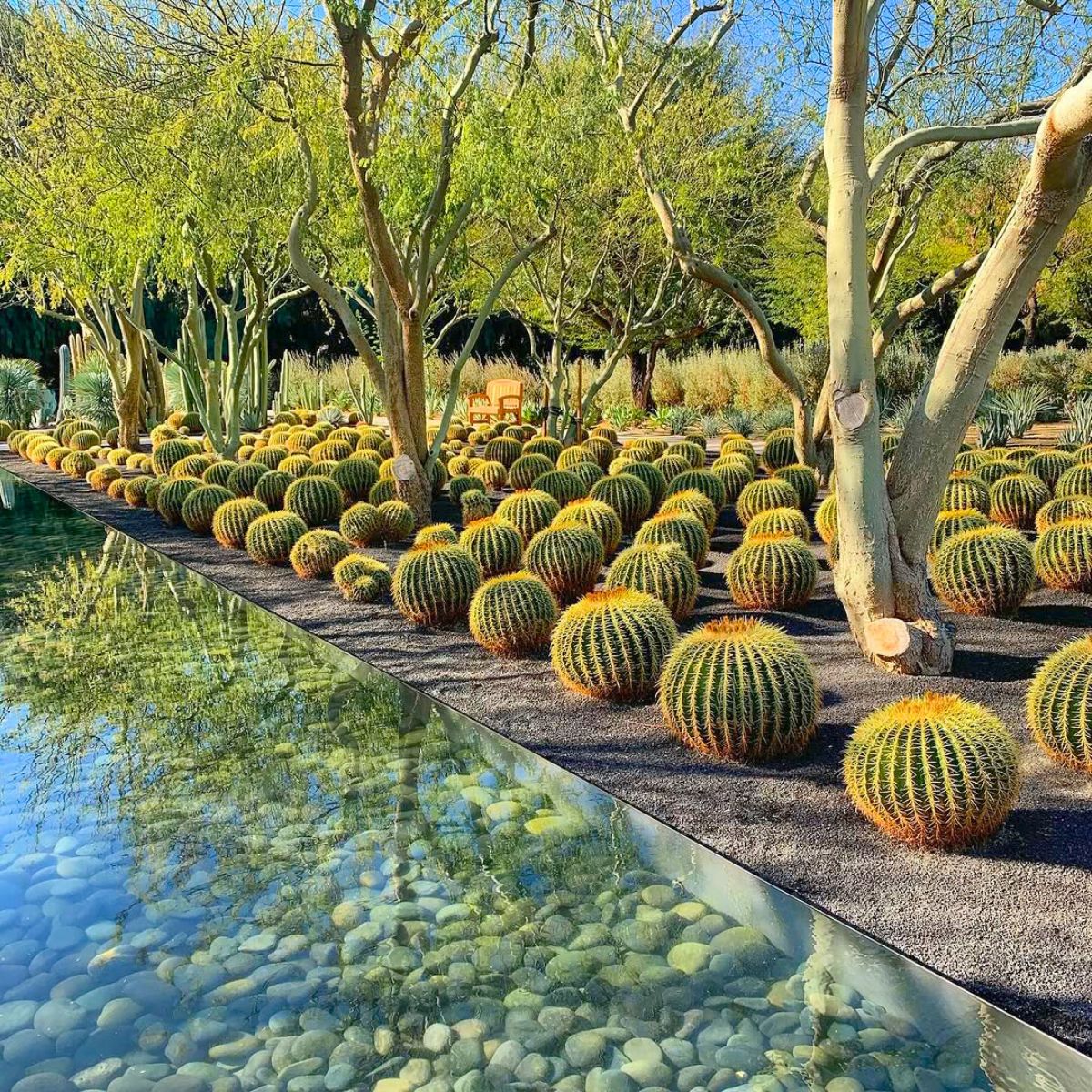
The Double Dealing of Poisonous Cactus Fruits
Let's also uncover the hidden aspects of cactus fruits. While most cacti bear edible and nutrition-rich fruits, some varieties hide a potentially harmful surprise. Here are two such deceptive beauties:
- Cholla cactus (Cylindropuntia spp.)
- Prickly pear (Opuntia spp.)
While their fruits are technically edible, they come covered with tiny spines called glochids. These can be a nuisance if not properly handled or ingested, causing skin irritation and discomfort. Always handle these fruits with care, preferably using protective gloves.
Remember, it’s all about knowing how to safely enjoy these fascinating plants. Edible doesn’t always mean easy!
Other Mescaline-Containing Cacti Varieties to Watch Out For
Continuing this exciting journey, here are the five poisonous cactus varieties to beware of, each hiding its toxicity beneath a nice-looking facade.
- Moonlight cactus (Selenicereus grandiflorus)
- Saguaro cactus (Carnegiea gigantea)
- Peruvian Torch cactus (Echinopsis peruviana)
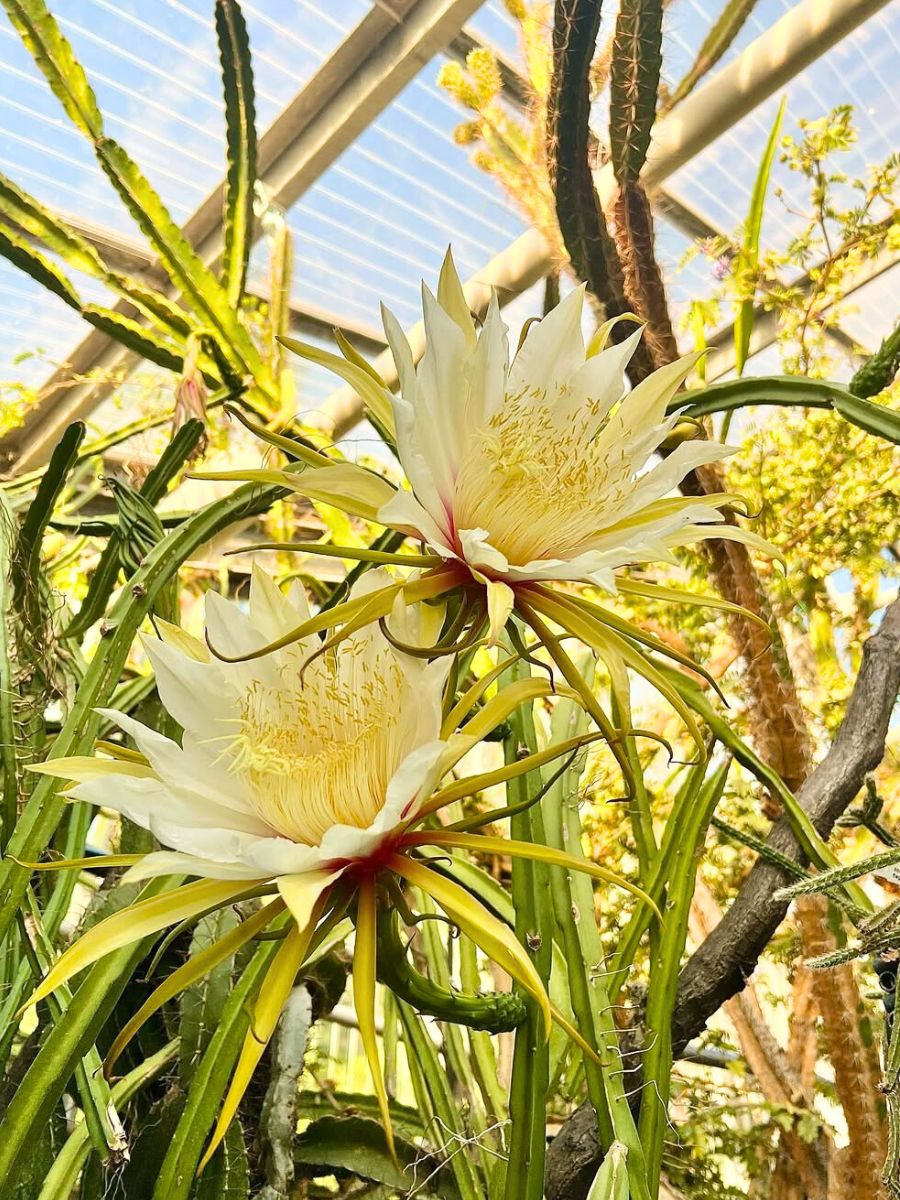
These species all contain mescaline and can have psychedelic effects if ingested. Despite their toxicity, these cacti are popular in ornamental horticulture due to their unusual shapes and beautiful flowers.
The key here is to remember that even though these plants have a toxic side, they still contribute significantly to biodiversity and add unique aesthetic appeal to any landscape. As with every plant, handling these cacti requires knowledge, respect, and care.

